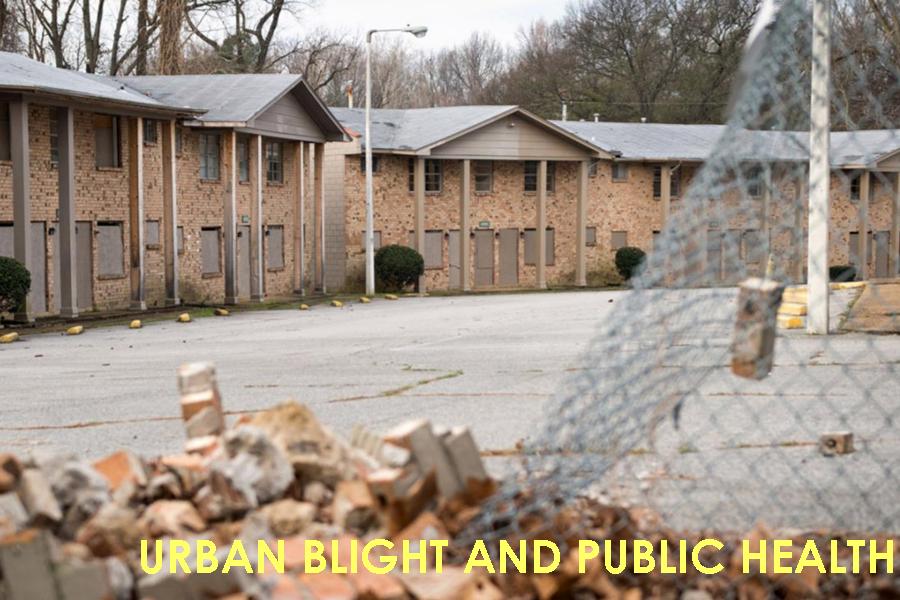 Housing is a key social determinant of public health. This brief highlights recent research about the effects of blight on the health of individuals and neighborhoods. Our scan of the literature – by no means exhaustive – identified approximately 40 academic articles and studies since 2000 that explore the relationships between public health and three primary types of blight: 1) substandard housing, 2) abandoned houses/buildings, and 3) vacant lots. Some of the studies examine the impacts from individual properties while others explore the cumulative effect that an entire neighborhood with multiple blighted properties might have on the public health of its residents.
Housing is a key social determinant of public health. This brief highlights recent research about the effects of blight on the health of individuals and neighborhoods. Our scan of the literature – by no means exhaustive – identified approximately 40 academic articles and studies since 2000 that explore the relationships between public health and three primary types of blight: 1) substandard housing, 2) abandoned houses/buildings, and 3) vacant lots. Some of the studies examine the impacts from individual properties while others explore the cumulative effect that an entire neighborhood with multiple blighted properties might have on the public health of its residents.
This research brief
- introduces the social determinants of health, a conceptual framework put forth by the Centers for Disease Control and Prevention (CDC), that links socioeconomic and property conditions to public health problems;
- hones in on housing as a key determinant of health studied by public health scholars;
- examines recent studies on the impact of substandard housing, abandoned buildings, and vacant lots on the health of occupants and surrounding neighborhoods;
- presents initial findings on interventions designed to address the negative health impacts of blight, such as the urban greening of vacant lots, demolition of abandoned homes, and strategic code enforcement initiatives; and
- offers a blend of policy, practice, and research recommendations that could serve as the catalyst for further collaborations among scholars, practitioners, and the community leaders.
